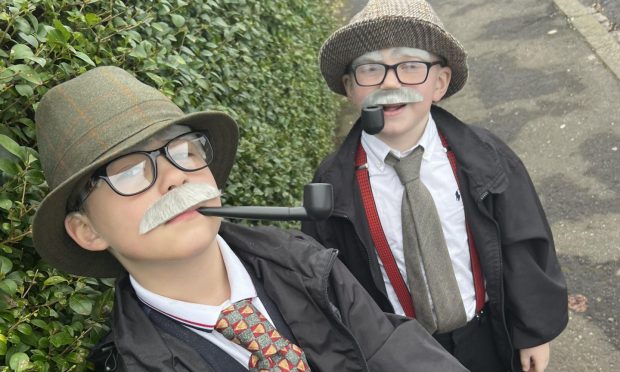As I ambled through a rainy Glasgow city centre the other day, I was struck by a depressing thought: “Does protesting even work any more?”
At the time, the city was getting ready to host a march against fascism amid a very heavy police presence.
Unfortunately, the demonstration was hit by appalling weather. A few dozen hardy souls turned up and made a lot of noise, but their efforts went largely unnoticed.
By 11am, it was all over. The police, who at one point appeared to outnumber the protesters, had moved on.
But what if 1,000 or more people had come out that day, and George Square was blessed with sunshine and blue skies? Would it have made any more of an impact?
In an age where social media rules, it’s harder than ever to get people to change their minds or political allegiances, or even just listen to another person’s viewpoint.
Did those huge demonstrations against the Iraq war in 2003 do any good? Can more than 4 million people really stop Brexit with an online petition?
If protesting doesn’t work any more, what are we left with? It was a troubling thought.
So it was heartening to get a reminder that things just aren’t that bleak, when a local community-led campaign ended on a high note.
Perth and Kinross Council will this week formally halt proposals to close Pitlochry School, after months of uncertainty.
It followed a hard-fought and tireless campaign by the parent council and its chairman Andy Charlton.
The drive, complete with colourful posters and eye-catching “Hands Up” logo, captured the local imagination because of its largely positive message. Mr Charlton saw this as an opportunity not only to save the school for future generations, but to make it even better.
Credit should also go to the parents at nearby Breadalbane Academy, who – although not directly involved in the council’s consultation – made clear that any changes to Pitlochry could have significant impact on their school.
The local authority has clearly listened to both groups and is opting for a wider review of senior education in Highland Perthshire.
But what if these parent councils had kept quiet? What if they had decided there was no point rocking the boat? It could have been a very different outcome entirely.










